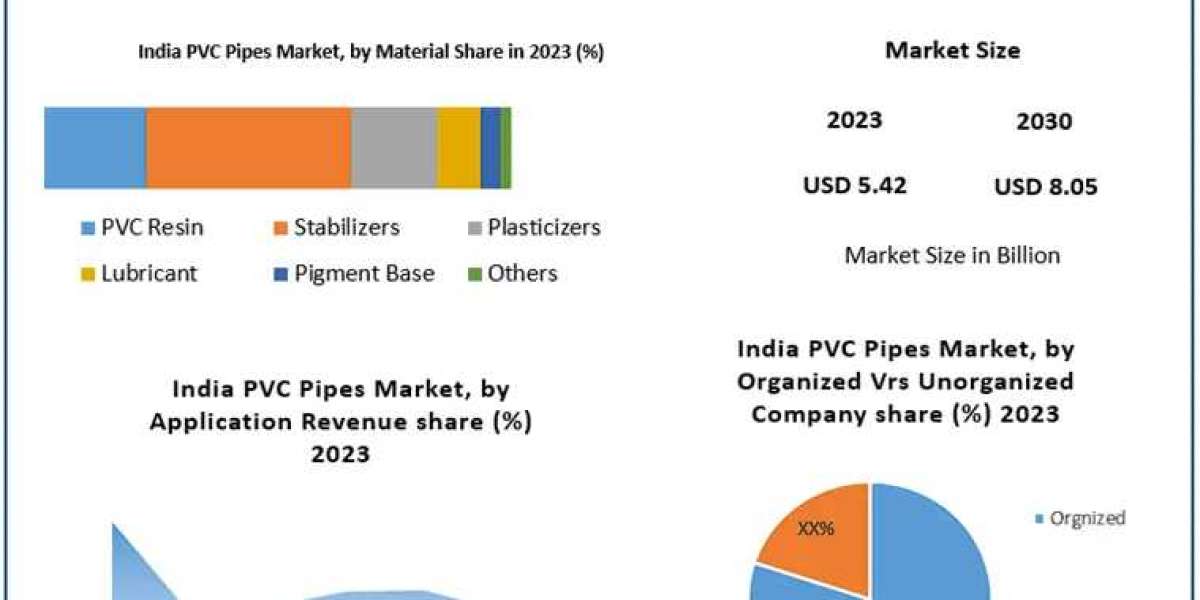Soybean oil is one of the most commonly consumed edible oils worldwide, derived from the seeds of the soybean plant. Its widespread use in food products, industrial applications, and biofuels makes it a critical commodity in the global market. This blog will explore the key factors affecting the production cost of soybean oil, including raw material sourcing, production processes, energy consumption, labor, and transportation. Understanding these cost factors is vital for producers, investors, and stakeholders to navigate the competitive landscape efficiently.
1. Soybean Oil Production Overview
Soybean oil production involves the extraction of oil from soybean seeds, followed by refinement processes to enhance its quality. The production process is generally categorized into two methods: solvent extraction and mechanical pressing. The choice of production method significantly influences the overall cost structure. The solvent extraction method, using hexane as the solvent, is the most widely used, yielding higher oil quantities at lower costs, while mechanical pressing is preferred in regions with environmental restrictions on solvent use.
Request For Sample: https://www.procurementresource.com/production-cost-report-store/soybean-oil/request-sample
2. Raw Material Costs
The primary input in soybean oil production is soybeans, and fluctuations in their prices have a direct impact on production costs. Soybean prices are influenced by several factors:
- Global demand for soybeans and soybean oil in the food and biofuel industries.
- Weather conditions affecting crop yields in key soybean-producing countries like the United States, Brazil, and Argentina.
- Government policies and subsidies on agricultural products in major exporting countries.
Since soybeans account for a significant portion of production costs, producers must monitor market conditions to manage expenses effectively. Typically, raw material costs can range from 60% to 70% of the total production cost.
3. Production Process Costs
a. Crushing and Extraction
The first step in the production of soybean oil is crushing the soybeans to extract the oil. This step involves mechanical processes, which can be energy-intensive. Large-scale operations often use continuous production systems to improve efficiency, but they require higher capital investments in machinery and equipment.
b. Refining Process
After extraction, the crude oil undergoes refining to remove impurities such as phospholipids, free fatty acids, and pigments. This process involves degumming, neutralization, bleaching, and deodorization, all of which require additional chemicals and energy. The refining cost typically accounts for 10% to 15% of the total production cost.
c. Energy Consumption
Energy consumption is another critical factor in soybean oil production, especially in regions with fluctuating energy prices. The processes of heating, cooling, and drying during extraction and refining are energy-intensive, contributing significantly to operational costs. Efficient energy management practices can help reduce production costs.
4. Labor Costs
Labor costs in soybean oil production vary depending on the geographical location and the degree of automation in the production facility. In countries with higher labor costs, producers often invest in automation to optimize operations and minimize human intervention. However, even in highly automated plants, skilled labor is required to oversee the production process and maintain equipment. Labor typically contributes 5% to 10% of the total cost.
5. Packaging and Transportation Costs
Packaging costs for soybean oil depend on the end-use market, whether it is sold in bulk for industrial purposes or in smaller quantities for retail consumption. The cost of materials for packaging, including bottles, drums, and bulk containers, can affect the overall cost structure.
Transportation costs, both for sourcing soybeans and delivering the final product, are influenced by:
- Distance to the market: Longer distances mean higher shipping costs.
- Fuel prices: Rising fuel costs can increase transportation expenses.
- Freight rates: These can vary based on supply chain disruptions or geopolitical factors.
Packaging and transportation typically account for 10% to 15% of the total production cost, depending on the scale and location of the production facility.
6. Environmental and Regulatory Costs
In some regions, compliance with environmental regulations related to waste management, emissions, and energy use can add to production costs. The use of solvents in extraction, for instance, is subject to stringent regulations in many countries, requiring producers to invest in recovery systems and pollution control technologies. Compliance with these regulations increases capital and operational costs but is necessary for sustainable production.
7. Soybean Oil Production Cost Breakdown
Based on the factors discussed, a typical cost breakdown for soybean oil production might look like this:
- Raw Materials (Soybeans): 60% - 70%
- Crushing and Extraction: 10% - 12%
- Refining: 10% - 15%
- Labor: 5% - 10%
- Energy: 5% - 8%
- Packaging and Transportation: 10% - 15%
8. Market Outlook and Profit Margins
The global demand for soybean oil is projected to grow steadily due to its versatility in food products, biofuels, and industrial applications. However, production costs are expected to remain volatile due to fluctuating raw material prices, energy costs, and transportation rates. Producers who adopt sustainable practices and invest in energy-efficient technologies will be better positioned to manage costs and enhance profit margins.
The production cost of soybean oil is influenced by several key factors, including raw material prices, energy consumption, labor, packaging, transportation, and environmental regulations. By carefully managing these costs and implementing efficient production techniques, producers can remain competitive in the global market. Staying informed about soybean price trends, optimizing energy use, and investing in automation will be essential strategies for controlling costs and maximizing profitability in the future.
Understanding these cost structures is crucial for stakeholders across the soybean oil value chain, from producers to distributors and end consumers. With soybean oil continuing to be a staple in food products and an emerging player in biofuels, effective cost management will play a pivotal role in maintaining its market dominance.

